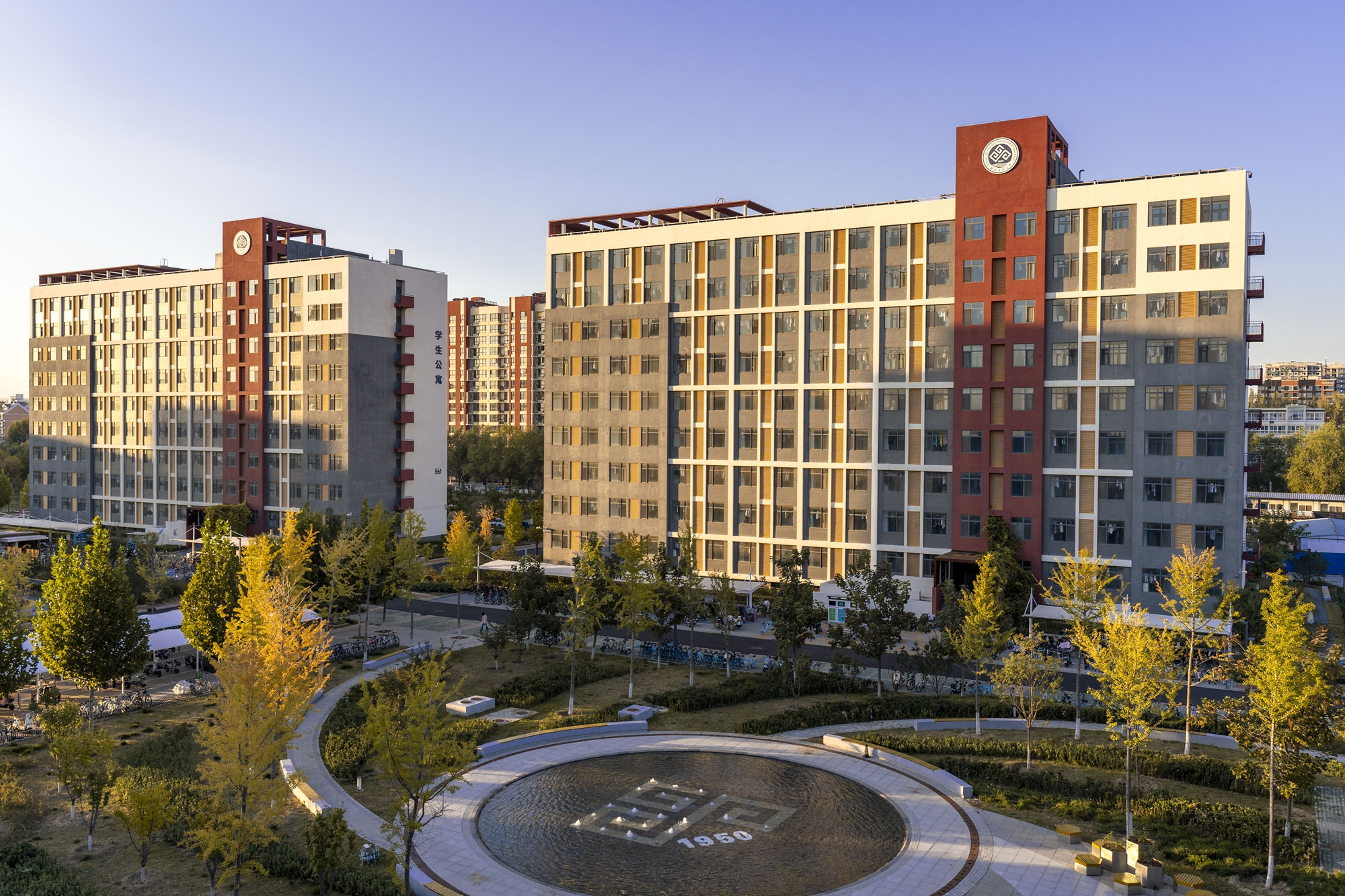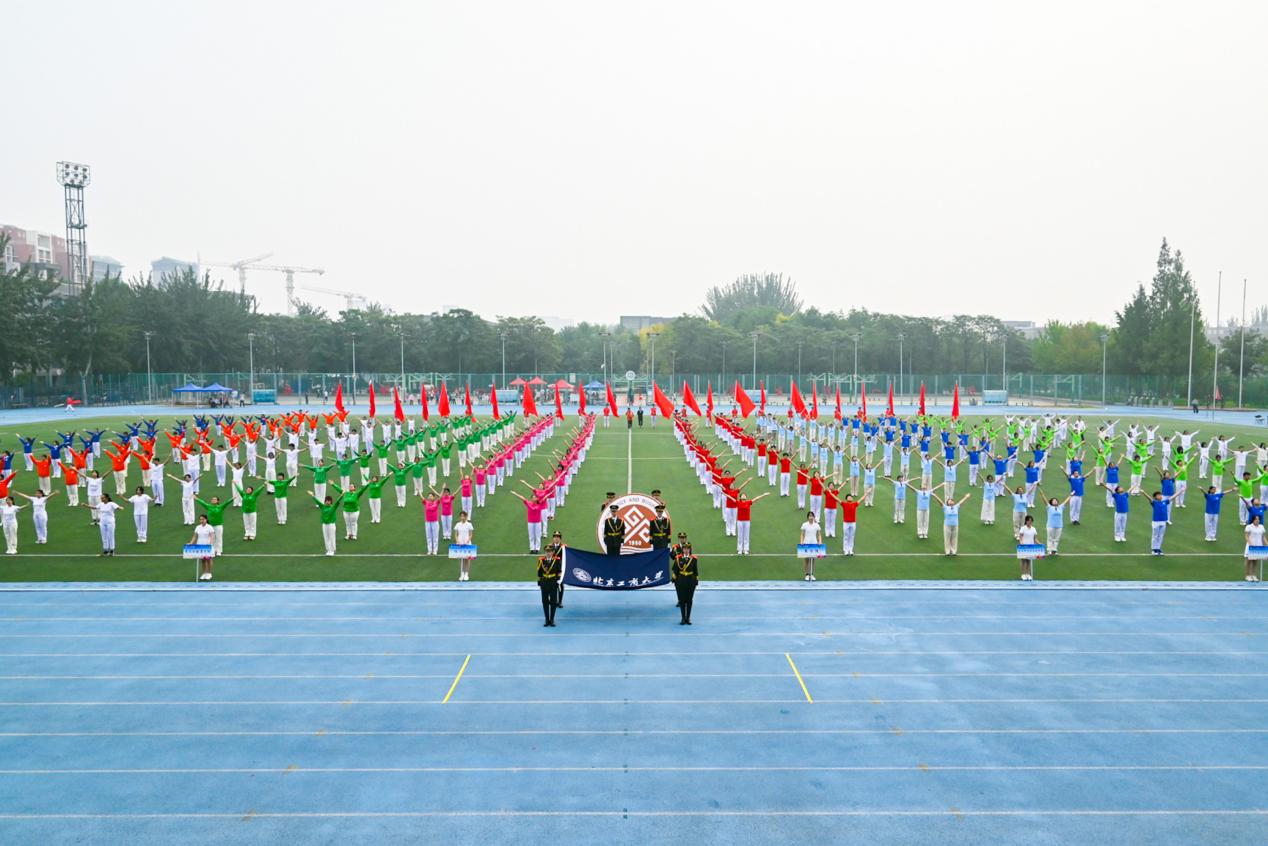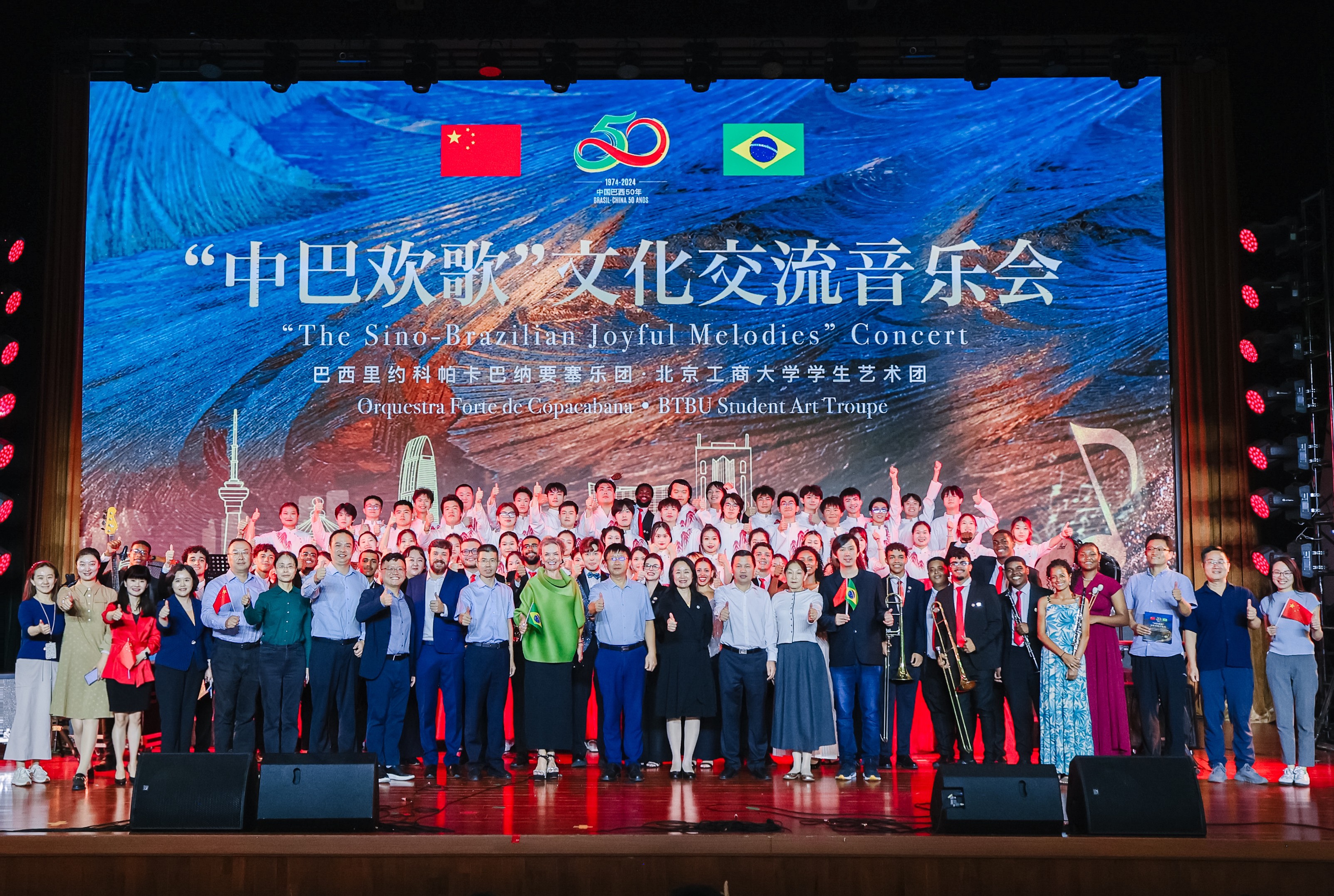国际AOAC《实验室管理》杂志2014年第一期(Inside Laboratory Management Jan/Feb 2014)对我校双聘院士庞国芳荣获2014年度哈维·威利奖进行了报道,现全文转载如下:
每年,AOAC都宣布一名哈维·威利奖得主,不仅为作出开创性贡献的科学家颁发荣誉,而且也回顾分析化学领域乃至整个食品和环境安全领域某位作出贡献的科学家人生跨度中发生了怎样的变化。往年从来没有像今年的哈维·威利奖得主这么突出,他就是庞国芳,获得了AOAC 2014年度最高科学荣誉哈维·威利奖。
庞国芳是20世纪四五十年代成长起来的中国农民的儿子。他成为村里第一个考上中学(等同于美国的高中)的学生,此前甚至连电灯都没见过。50多年后,他主持研究了一系列检测技术,从而使中国的蜂蜜、鸡肉和糙米在国际市场获得认可,同时,他成功组织了三次AOAC协同研究,三项技术研制成AOAC公定方法。最近又研发了气相色谱-四极杆-飞行时间质谱和液相色谱-四极杆-飞行时间质谱方法,采用一次制备水果和蔬菜样品,同时测定多达1138种农药残留和其他污染物。
庞国芳的人生之路并非坦途。他非凡的职业生涯始于勤奋刻苦的工作,始于母亲的人生教导,还有他承认他也曾是年级成绩最差的学生之一。
那年他11岁,刚刚读完了小学四年级,当时在中国分成初小和高小学制。他通过翻译说,在升高小时,由学校统一将全年级学生考试成绩,从高分到低分张榜公布于墙报栏里,最后一名还要打上一个用毛笔画的大红钩。他说:同学们戏称是“扛红榜”的。
那一年,张榜公布的那天,他发现自己竟然“扛红榜”了。“我觉得脸涨得发烫,心怦怦跳,身上冒出了大汗,这是我人生中第一次知道什么是害羞”。尽管分数垫底,但他还是被允许升入高小。他说:“我还是幸运者”。
升入高小后,一个叫高凤兴的老师开始给他授课。这位老师的教学风格注重实际应用,因此激发了这个11岁孩子的想象力。庞说:“从此我的学习成绩和过去相比已判若两人”。
同时,农村生活还是以农活为主。秋收时,学校放3个礼拜的假期,所有不同年龄的学生都到田地里帮助干活。当大人们收割庄稼时,庞的主要任务就是捡拾丢在田里的秸秆,用来生火做饭和烧热“火炕”过冬御寒取暖。
最初,对庞来说这只是一桩农活儿,但是到后来他起得愈来愈早,这样才能给家里捡更多的秸秆。到假期结束时,也就是那个他有了新老师并且培养了日渐成熟职业道德的关键一年,他捡到了那么多的秸秆,足够一冬烧饭还有富余。他的父母说:“咱这一冬享福了”。
他从母亲那学到的另外一课是,保留好旧作业本,而不是像“狗熊掰棒子”一样扔掉。他说这样做,可以温故知新,看到自己的进步。
他说中国古代有句名言:“以己为镜,可以知功过”,这样可以促进自己学业的进步。
1957年庞考上了初中,成为全村第一个中学生。为了上中学,他来到了一个离家20公里的小镇。在那里,他再一次显示出性格刚强的一面。一个寒冷的冬天,他负责的一项任务是定期更换粉笔写的黑板报。这项任务耗时冗长,他的手被冻得无法握住粉笔,只好和另一个同学轮流书写。曾经有两次他的手被冻伤,但是他像一个好记者一样,从来没有耽搁过。
与此同时,1961年初中毕业时,他的一篇作文被评选为9个毕业班(约500人)中最佳作文,他写的一首诗歌还在当地杂志上刊登,他说:当时同学们送给我一个外号“小作家”,我也曾梦想有一天能成为一名记者。
但是1963年高中毕业时,比他年长十岁的哥哥(在一家化工厂做管理者)劝他重新考虑,是否学习理工科。当时,庞从来没见过化工厂,也没有多少机会做化学实验,但最后还是接受了哥哥的规劝。他说:我在考大学申请志愿中填写了“化学系”。
当时上大学绝非是一件易事。1963年,庞的同年级毕业生共有4个班200人,只有16人考上了大学。当时学校的一名教导主任和一名体育老师,骑了20公里的自行车,亲自将入取通知书送到他的家。庞说:“我们全家人高兴得不得了”。他成了村里有史以来第二个大学生。
考上的学校是河北大学,当时坐落在中国的第三大城市天津。去天津本身就是一次不平常的旅程:首先步行4公里,然后坐两小时的公汽,最后第一次坐上了火车,驶往“充满新奇的世界”,这个世界是他多半个人生中的学术之家。
新奇的世界,一开始是去参观一家合成纤维厂。这个初露头角的化学家,观看了从喷嘴中喷出的锦纶纤维丝(一种中国的合成纤维)。庞说:“过去我仅知道,我们穿的衣服都是自家种的棉花,母亲用棉花纺线织成布再做衣服穿。看到这样新奇的化学织布原料……感到神奇无比。”这是他第一次亲身体验他选择为自己发展方向的领域。
1964年,他还获得了一次参观当地进出口商品检验局的机会。带他们去参观的是一位化学分析方面的教授。有人告诉庞,检验报告有他的手签,国外客商都认可。他说:“我听了心里立刻肃然起敬,并且感到我们学的化学太神圣了,用处太大了。”
庞用19年实现了当年在进出口商品检验局感到的使命召唤。在此期间,他于文革的后期在乡下待了两年,然后调回大学执教有机化学,并且参与研制火车闸瓦和汽车刹闸片。他还自学了(书面)英语,并且开始将英文版《物理化学》译成中文。
与此同时,随着他开始为毕业学生设计创新科研任务,“教学相长”逐渐成为他的座右铭。他指导了几届毕业设计,但改变其一生的那个毕业设计是与食品卫生有关的。
1980年,经过多次的调研,他了解到一些中国农产品的出口,因一些卫生项目不合格,出口遇到了阻力。他说:“比如中国的大闸蟹,因砷超标被国外拒收”。所以,他决定把这个问题作为学生毕业论文选题。在给学生做课题设计时,他没有选择通用的原子吸收技术和紫外光谱技术,而是选择了一种他主持开发的微库仑滴定新技术,使学生的毕业论文实现了新的突破,也突出体现了庞对“教学相长”的个人理解。
他注意到,教师不可能预知学生们研究的最后结果,有的设计有时进展顺利,而有时不顺利。他说:“如果课题开展不顺利,学生常常会对老师的课题设计提出一连串的疑问。这时,特别需要老师对设计的方案,有深厚的背景资料。要善于从学生的问题中,打开新思路,特别需要独辟蹊径”。他说,必须对学生的这些问题抱着开放的心态,而不是对原设计处处辩护,这样可以“从另一个角度把课题研究引向深入,而不是被困难、被问题遮住双眼从而束手无策”。
1982年,庞离开学习和工作了20年的大学,被派遣到秦皇岛出入境检验检疫局工作。自1985年起(在经历简短的矿石检验后),他一直从事农产品和食品检验,特别是农药和兽药残留检测。一干就是近30年,其间,主要成就如下所示:
研发了农产品中拟除虫菊酯类农药多残留AOAC官方检测方法。
研发了肉鸡中氯羟吡啶(兽药)残留AOAC官方检测方法。
研发了多个检测中国蜂蜜中300种潜在农药残留方法,包括一项稳定碳同位素方法,证明“中国蜂蜜真实的来源于中国的蜜源植物”。
研发了中国第一个高通量、一次制样同时测定1000多种农药残留的方法。
组织有11个国家和地区30个国际实验室参加的高通量检测茶叶中653种农药多残留的AOAC协同研究。
同时,主编食品安全检测技术中英文专著8部,发表论文100多篇。除了遵循AOAC模式之外,他还把自己今天的成就归功于他的团队和协作。他说:“一个人的脑子不够,要扩大;一个人的手臂不够,要加长。要组建团队,既要有国内团队,也要有国际团队。”
1970年,庞与学医的大夫结婚,她既是妻子,也是庞的保健医生,他们一直过着一种安静的生活。庞说:“今年我虽然已经70岁了,但仍然工作在第一线,妻子仍是最强有力的支持者”。
2014年9月,庞将在美国佛罗里达州博卡拉顿市,召开的第128次AOAC年会暨展览会上,发表哈维·威利奖获奖演讲。
Pang Wins 2014 Wiley Award
Each year, the announcement of AOAC’s Harvey W. Wiley Award provides an opportunity not only to honor a groundbreaking scientist but to reflect on how the field of analytical chemistry—and the overall world of food and environmental safety regulation—has changed during the lifespan of one of the people who helped change it. Never has this been more evident than for this year’s recipient, Guo-Fang Pang, who has won this year’s highest scientific honor from AOAC.
The son of peasant farmers growing up in rural China in the 1940s and ‘50s, Pang didn’t even see a light bulb until he became his village’s first student to graduate to middle school (the Chinese equivalent of U.S. high school). More than 50 years later, he’s spearheading a testing program that has helped get Chinese honey, chicken, brown rice, and tea approved by world markets, has led three AOAC collaborative studies, and established three AOAC Official Methods. Recently, he developed GC-Q-TOF/MS and LC-Q-TOF/MS methods for the simultaneous detection of as many as 1138 pesticide residues and other contaminants in single samples of fruits and vegetables.
It wasn’t an easy journey. Pang’s remarkable career began in hard work, a mother’s life lessons…and, he admits, he was once one of the students with the worst grade in the class.
The latter came when he was 11, having just completed the first 4 years of elementary school, which in China is divided between levels known as Elementary Junior and Elementary Senior. To graduate into the senior level, he says, a test was required, with grades posted from highest to lowest—the lowest marked in red. “My classmates called it [being] ‘red-listed,’” he says.
And who, that year, discovered that he was red-listed? “I felt my face burning hot, and my heart beating pit-a-pat,” Pang says. “I was sweating all over. For the first time in my life, I realized what shame was.” But somehow, he was permitted to advance despite the low score. “I was the lucky guy,” he says.
Advancement brought him under the tutelage of a man named Feng-Xing Gao, who captured the 11-year-old’s imagination with a teaching style focused on problem-solving. “I became a totally different person,” Pang says.
Meanwhile, village life centered around farming, and the harvest entailed a 3-week break from classes when students of all ages helped in the fields. While the adults harvested grain, Pang’s task was to gather leftover stalks for use as fuel for cooking and for warming bricks for a heatable “brick bed” that protected from the winter chill.
Initially, it was just a chore, but by the end, Pang was getting up earlier and earlier so he could maximize his contribution to the home. By the time the holiday ends, that crucial year that mixed a new teacher with a developing academic ethic, he’d gathered so many stalks there were more than needed. “[We] had a very good winter,” his parents say.
Another lesson he got from his mother was to retain his old lesson books, rather than discard them “like a bear breaking off corncobs.” That way, he says, you can mark your progress by comparing old work to new work.
“An ancient Chinese saying goes, ‘To have oneself as a mirror, one will learn the merits or weaknesses of one’s own self,’” he says. In so doing, one could improve his/her studies.
In 1957, Pang was admitted to a middle school and thus became the first middle school student in his village. The school was located in a small town 20 km from home. There, he again revealed his stubbornness when, during a cold winter, one of his duties was the periodic updating of a chalk-written “wall newspaper.” The task was lengthy enough that his hands became so cold he couldn’t hold the chalk and had to trade off with a classmate. Twice he got frostbitten fingers, but like a good journalist, he never failed to meet his deadline.
Meanwhile, by the time he was about to graduate from the middle school in 1961, one of his school essays was picked as best of the year among all the 9 graduating classes ( about 500 students) and he even had a poem published in a local journal. “I was nicknamed ‘little writer,’” he says. “I dreamed that one day I would become a news reporter.”
But science grabbed him about the time of he graduated high school in 1963, when his decade-older brother (who’d achieved renown working for a chemical plant) urged him to reconsider. At the time, Pang had never seen a chemical plant or had much opportunity to do chemical experiments, but took the advice. “I wrote ‘Department of Chemistry’ on my application for college,” he says.
Back in 1963, getting into college was by no means an easy task. In Pang’s 4 classes of 200, only 16 made it. However, an admission letter was hand-delivered to his house…by an administrator and a physical education teacher who bicycled 20 km to present it. “My entire family burst with joy,” Pang says. He was the second college student ever produced by his village in history.
“College” was Hebei University in Tianjin, the third largest city in China. Getting there itself would be an adventure: starting with a 4-km walk, followed by a 2-hour bus ride, and Pang’s first 6-hour train ride to “a world full of adventures” that would be his academic home for much of his life.
The adventure began with a visit to a synthetic textile plant where the budding chemist watched chinlon fiber (a type of Chinese synthetic) being spun out of a nozzle. “I only knew clothes made from cotton grown in our fields,” Pang says. “Mother used to spin it and weave it into cloth. Such wonderful chemical fabrics…I felt it like magic.” It was his first introduction to the field he’d chosen to make his own.
In 1964, he had an opportunity to tour the local import-export inspection bureau, guided by an analytical chemistry professor whose export certifications, he was told, were relied on by foreign customers. “I stood in awe,” he says, “and felt that the chemistry we were studying was sacred and useful.”
After which it took Pang 19 years to fulfill the calling he felt at the import-export bureau. In the interim, he spent 2 years in the countryside in the late years of the Cultural Revolution, and then was recalled to the university to teach organic chemistry and help develop brake linings for cars and trains. He also taught himself (written) English and began translating Physical Chemistry (English version) into Chinese.
At the same time, “teaching is learning” began to become his mantra, as he started assigning innovative research tasks to his graduating students. There were a number of these projects, but the one that changed his life had to do with food hygiene.
In 1980, having investigated for many times, he’d come to realize that some Chinese products were facing export difficulties due to other countries’ import rules. “For instance, Chinese hairy crabs were rejected by foreign customers because of arsenics,” he says.
So, he put his students on the crab project, suggesting that they attempt a microcoulomb titration technique of his own development, rather than the then-prevalent atomic absorption and UV spectrometry methods. The result was a breakthrough that also highlighted Pang’s own understanding of how teachers and students can best interact.
Teachers, he notes, can’t predict the results of their students work. Sometimes a project would work…and sometimes not. “If it failed to go smoothly, students would often ask a battery of questions, and teachers needed to have profound background materials and should open up new thoughts, especially off the beaten track,” he says. Being open to these questions, rather than becoming defensive of the original plan, he says, can lead to deeper insights “from another perspective, instead of being bogged down and blindfolded by the questions.”
In 1982, Pang’s study and work in college drew to an end after 20 years, and he was dispatched to the Qinhuangdao Entry-Exit Inspection and Quarantine Bureau, where, since 1985 (after a brief stint working with metal ores), he’s been inspecting agricultural products and foodstuffs for nearly 30 years, with a particular eye to veterinary drugs and pesticide residues. Leading accomplishments with AOAC concerns have been:
Development of an AOAC method for determination multiresidue pesticides of synthetic pyrethroids in agricultural products
Development of an AOAC method for monitoring clopidol (a veterinary drug) in chicken.
Development of methods for more than 300 potential pesticide residues in Chinese honey, including a stable carbon isotope method to prove that “Chinese” honey actually comes from Chinese flowers.
Development of China’s first high-throughput method for the simultaneous determination of more than 1000 pesticide residues in agricultural?products.
Organization of an AOAC collaborative study for high-throughput analysis of over 653 pesticide residues in teas,in which 30 international laboratories from 11 countries and regions were represented.
In addition,pang has had eight technical works on food safety published by domestic and international press,and a total of over 100 papers published. In keeping with the AOAC model, he also credits success to teamwork and collaboration. “A single brain is not enough and should be enlarged,” he says.“A single person’s hands and arms are not long enough and should be lengthened. A team should be established—both a domestic one and an international one.”
Pang got married with a lady doctor majoring in medicine in 1970, who is not only Pang’s wife but also his “private” health physician. They continue a quiet life. “I am 70 years old this year, but still working at the front line, and my wife is still my strongest supporter” he says.
Pang will deliver the Wiley Award Address at the 128th AOAC Annual Meeting and Exposition in September 2014, in Boca Raton, Florida, USA.
原文如下:








